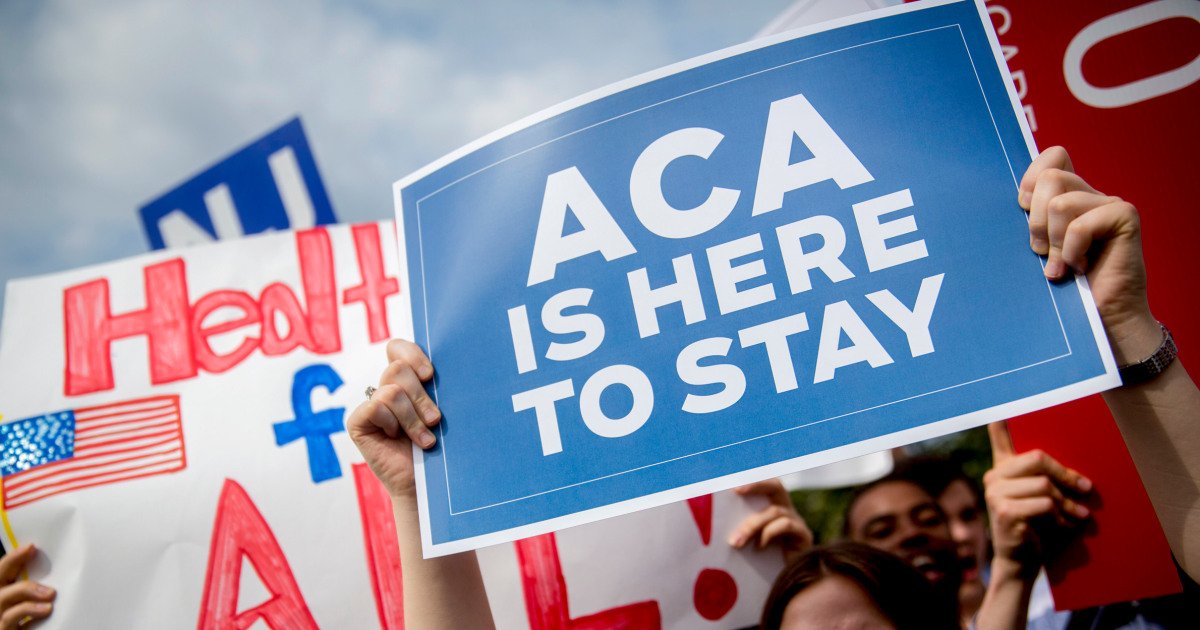In late September, Laurel Vincenty received a letter from Blue Cross Blue Shield informing her that subsidies covering a large portion of her health insurance would expire at the end of the year, causing her monthly premiums to skyrocket.
Vincenty, 64, and her husband Philip Vincenty, 62, of North Carolina, are covered by the Affordable Care Act. They currently pay about $400 each month in premiums. An additional $1,700 is covered through soon-to-expire grants.
Both Vincenty and her husband are self-employed. In 2020, she was diagnosed with breast cancer, and in 2024, Philip suffered a heart attack, health problems that left them with thousands of dollars in medical debt that they are still paying off. Their monthly medications cost hundreds of dollars.
Vincenty got a second job this month in anticipation that his bonuses would increase next year, but he said he doesn’t know if it will be enough.
“It was frustrating to get the letter,” he said, “knowing that we could lose our subsidies, that we don’t know how we’ll be able to pay for our health insurance.”
The enhanced ACA subsidies that the Vincentys will lose are a key point in the current government shutdown: Democrats in Congress say that to secure their votes to reopen the government, the subsidies (first included in the 2021 American Rescue Plan and then extended through 2025 in the Inflation Reduction Act of 2022) must be extended.
Open enrollment for ACA plans begins Nov. 1 in most states, and people already enrolled in the plans are starting to receive notices about next year’s rates. Without the subsidies, average out-of-pocket premium payments are expected to double, from $888 a year to $1,904, according to an analysis by health policy research group KFF.

Lawrence Gostin, director of the O’Neill Institute for National and Global Health Law at Georgetown University, said the damage is already beginning.
“Even if a deal is reached to expand subsidies, many members will drop out due to sticker shock,” he said.
‘Unpleasant news’
Insurers must send renewal notices to ACA enrollees no later than the first day of open enrollment, according to Adrianna McIntyre, an assistant professor in the department of health policy and management at the Harvard TH Chan School of Public Health.
The notices generally include information about next year’s coverage and premiums, although some provide more details than others.
“That means we should expect many marketplace enrollees to receive unpleasant news about their premiums in mid-to-late October,” McIntyre said.
People may have the option to switch to a plan with lower premiums (going from a silver-level plan to a bronze-level plan, for example), but those changes often come with a large increase in deductibles, he said.
Navigators that help people enroll in ACA plans might have been well-placed to help people explore their options, McIntyre added, but earlier this year the Trump administration cut their funding by 90% in states that use the federal HealthCare.gov platform, the online marketplace for ACA plans.
More than 24 million people are enrolled in ACA plans this year, and about 9 in 10 (22.3 million people) receive enhanced subsidies, according to KFF. If the subsidies expire, nearly 4 million people are expected to drop their coverage by 2026, according to an analysis by the Congressional Budget Office.
Jeff Feldman, a 60-year-old musician from Phoenix, is considering dropping his coverage next year.
On Monday, he received a letter from HealthCare.gov that said, “Additional financial help that was available due to the COVID pandemic ends December 31, 2025.”
“Our records show that you qualify for financial aid in 2025,” the letter said. “If you qualify for financial help in 2026, you will likely pay more for your Marketplace plan premium.”
Feldman estimates his monthly premiums will triple, from $300 to $900, while his annual deductible of $9,000 likely won’t change.
“They just priced me out of the market,” he said. “I have two jobs and I’m going to start driving for Uber and Lyft just to make some extra money. And even with that, I can’t afford $900 a month.”
Instead, he said, he plans to go uninsured next year and put the money that would have gone toward his premium into a medical emergency savings account.
For others, premium increases are not as steep, but will still have an impact.
Wesley Hartman, of Chatsworth, California, said he and his wife received a letter dated Sept. 17 from Covered California, the state’s ACA marketplace, saying that without the tax credits, their monthly premium will increase from $1,212 to $1,450.
While they can afford the increase, he said, the additional cost will come at a sacrifice for his new information technology business, which he launched a few years ago.
“I won’t be able to do things like expand my business further, or potentially hire or purchase software that can help me continue to grow my business,” Hartman said.
He described feeling a mix of frustration and resignation the day he received the letter.
“The saying is that America is run by small businesses, right?” Hartman said. “So we’re one of them and we’re trying to build that. I really feel like there’s nothing I can do about it.”









